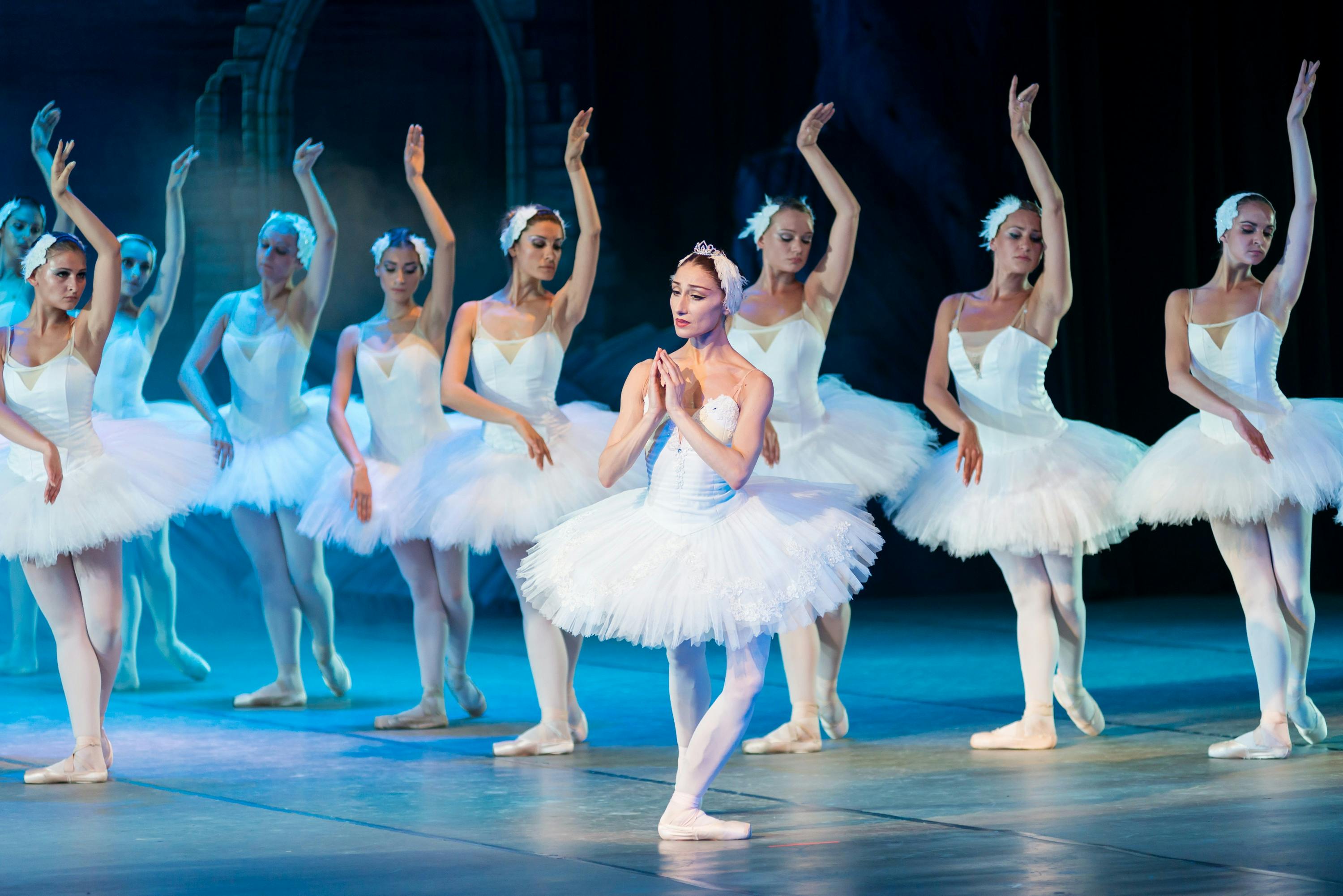A New Dawn: Contemporary Ballet’s Rise to Prominence
The world of ballet is embracing a significant shift, moving from traditional narratives and techniques to innovative choreographies and modern themes. Contemporary ballet, a genre that blurs the lines between classical ballet and modern dance, is progressively taking the center stage. It is not just a fleeting trend, but a testament to the evolving nature of the art form.

The Genesis of Contemporary Ballet
The inception of contemporary ballet is deeply rooted in the late 20th century. While classical ballet, with its rigor and precision, was the prevailing style, various choreographers began experimenting with modern dance techniques. They sought to break free from the strict confines of classical ballet and explore the possibilities of movement and expression. This fusion of styles led to the emergence of contemporary ballet, which set a new stage for creativity and innovation.
The Now: Contemporary Ballet in Today’s World
Fast forward to the present day, and contemporary ballet has carved out a significant place in the world of dance. Choreographers are continually pushing the boundaries, creating works that investigate contemporary issues and resonate with today’s audience. The industry is buzzing with premieres of new productions that showcase a fusion of styles, from classical ballet to hip hop.
Innovative Choreographies: The Impact of Contemporary Ballet
The impact of contemporary ballet is evident both on and off the stage. It has led to a creative explosion, with choreographers exploring new ways of movement and storytelling. The genre has also sparked discussions about representation and inclusivity in ballet. As contemporary ballet embraces diverse body types and challenges gender norms, it is slowly reshaping the industry’s image.
The Significance and Reception of Contemporary Ballet
Contemporary ballet has received a mixed reception. While some purists argue that it deviates too far from the traditions of classical ballet, many others celebrate it for its innovation and relevance. The genre has significantly expanded the ballet audience, attracting those who appreciate its fusion of styles and modern themes.
The Future of Ballet: Continued Evolution
Contemporary ballet is not just a trend; it’s the future of ballet. As the world continues to change, so must art. The genre will likely continue to evolve, pushing the boundaries of what is possible in ballet and reflecting the complexities of contemporary life.
In conclusion, contemporary ballet is an exciting and dynamic genre that combines the elegance of classical ballet with the freedom of modern dance. It is a testament to the evolving nature of art, and its growing prominence is reshaping the world of ballet. This genre reflects the changing times, and as it continues to evolve, it promises to keep ballet relevant and engaging for years to come.




